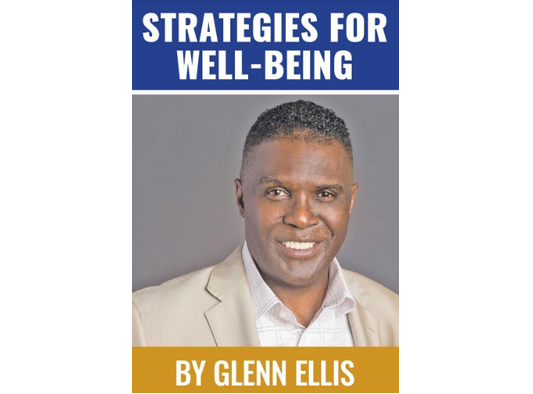By Glenn Ellis
Finding great holiday gifts for your children should be fun. Yet there are toxic chemicals in children’s toys that simply shouldn’t be on anyone’s list.
However, if you’re like most people, there are lots of children in your life who you would like to get a gift. Of course, as there are typically so many children, you have to be careful not to “break the bank.” That means you’re bound to looking for affordable options for some cute toys and gifts.
And, like most people, you’re bound to make a few runs to the dollar stores.
After all, they certainly got the right price range, and there always some novel little trinkets to buy. But what you probably aren’t counting on is that the very gift you give to a child could be toxic and/or poisonous. Many communities served by dollar stores are predominantly communities of color or low-income communities that are already disproportionately exposed to chemical hazards and health effects linked to chemical exposures.
We already know that many chronic diseases and health conditions are linked to chemical exposures, and are potentially deadly, especially for children. These links have been established for everything from Attention Deficit Hyperactivity Disorder (ADHD); to brain cancer; to asthma; and to birth defects, just to name a few. In all diseases and conditions, black and brown communities in this country are hit the hardest; upwards of two-three times more likely to be struck by one of these problems.
This means that they are more likely to die or suffer serious ill-effects if they do become ill after continuous exposure to these chemicals.
Think about how much of our family’s lives are filled with all the stuff you usually buy at a ‘dollar store”- all to save a few bucks: dolls, kid backpacks, pencil cases, toy cars, kids jewelry, rug pads, household cleansers; fragrances; soaps; and dozens of other household items. Young children are at a high risk as they often put these “gifts” into their mouths. Other toxins can come in contact with your skin or respiratory system, exposing you to danger.
Specifically, this time of year, we, especially, have to think about the children. Toys sold in the U.S. are regulated by the Consumer Product Safety Commission (CPSC), which enforces federal standards for children’s products. Generally, there are laws that regulate all products with sharp points or edges, parts small enough for a child to swallow, and lead in paint, according to Consumer Reports. Unfortunately, this does not mean that the government tests toys for safety before they go on the market.
I know you’re thinking that we have agencies whose responsibility it is to see to it that as consumers and we are protected from being harmed by products we purchase. Sorry to disappoint….
Of all of the stuff we are exposed to in the products we buy, only about 200 chemicals out of 80,000 registered for commercial use have been fully screened for health and safety, and of these, only five have been banned.
Researchers found a full 81 percent of the products tested from dollar stores contained at least one hazardous chemical of concern. Nearly half (49 percent) of the products at these stores contained two or more toxic chemicals.
This information should make you think, not just about those holiday gifts, but also about the decorations, tinsel, Christmas lights; candles; ornaments; cooking utensils and other items.
Chemicals detected included phthalates; polyvinyl chloride (PVC or vinyl); and toxic metals such as lead and chromium, bromine, and antimony. What they are and how they harm your health? The “old folks” use to say, that if it’s a word your grandmama couldn’t pronounce, or didn’t eat, neither should you. Have you ever wondered why the whole store smells like cheap plastic as soon as you walk in?
One of the biggest culprits is a more common, but no least harmful substance – lead: it is illegal for the paint on toys, and other products, to contain more than 0.06 percent concentration lead, and with good reason. When ingested in the human body, lead can cause nerve damage, learning and behavioral problems, reproductive damage, and irreversible brain damage. It can also increase the risk of cancer. The Centers for Disease and Prevention Control (CDC) warns that “no safe blood level in children has been identified.” With recent revelations of the extensive lead contamination in our children’s schools and in some municipal water systems, wouldn’t it make sense to protect our children in ways that we have direct control over?
Also keep in mind that regardless of what is legal, and allowed, in the United States, toys made in China or other developing countries carry a higher risk of containing chemicals that are illegal than toys made in the U.S., Canada, or the European Union (EU), because dangerous chemicals are less well-regulated in these countries.
Make sure that the gift you give to a young child for the holidays brings them joy, without the “side effects.”
Glenn Ellis, is Research Bioethics Fellow at Harvard Medical School and author of Which Doctor? and Information is the Best Medicine. Ellis is an active media contributor on Health Equity and Medical Ethics. For more good health information, visit: www.glennellis.com.




